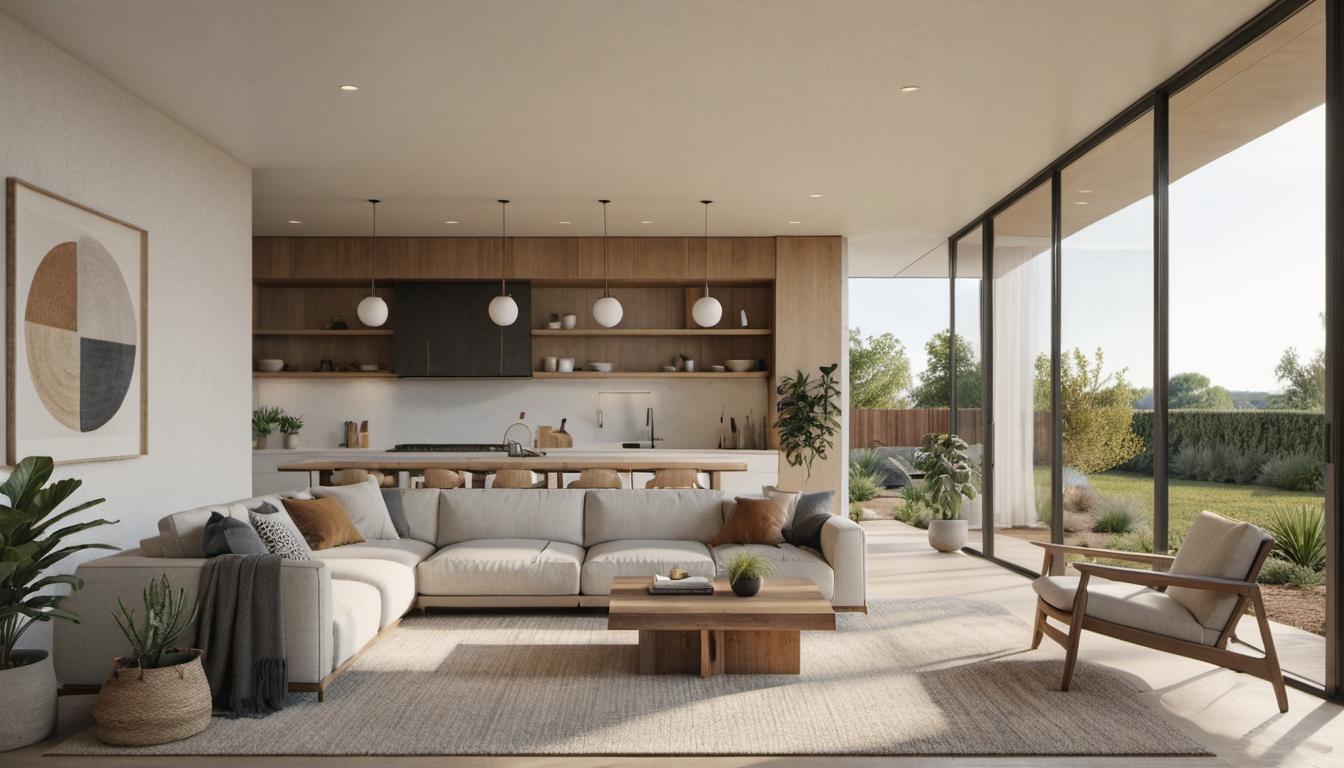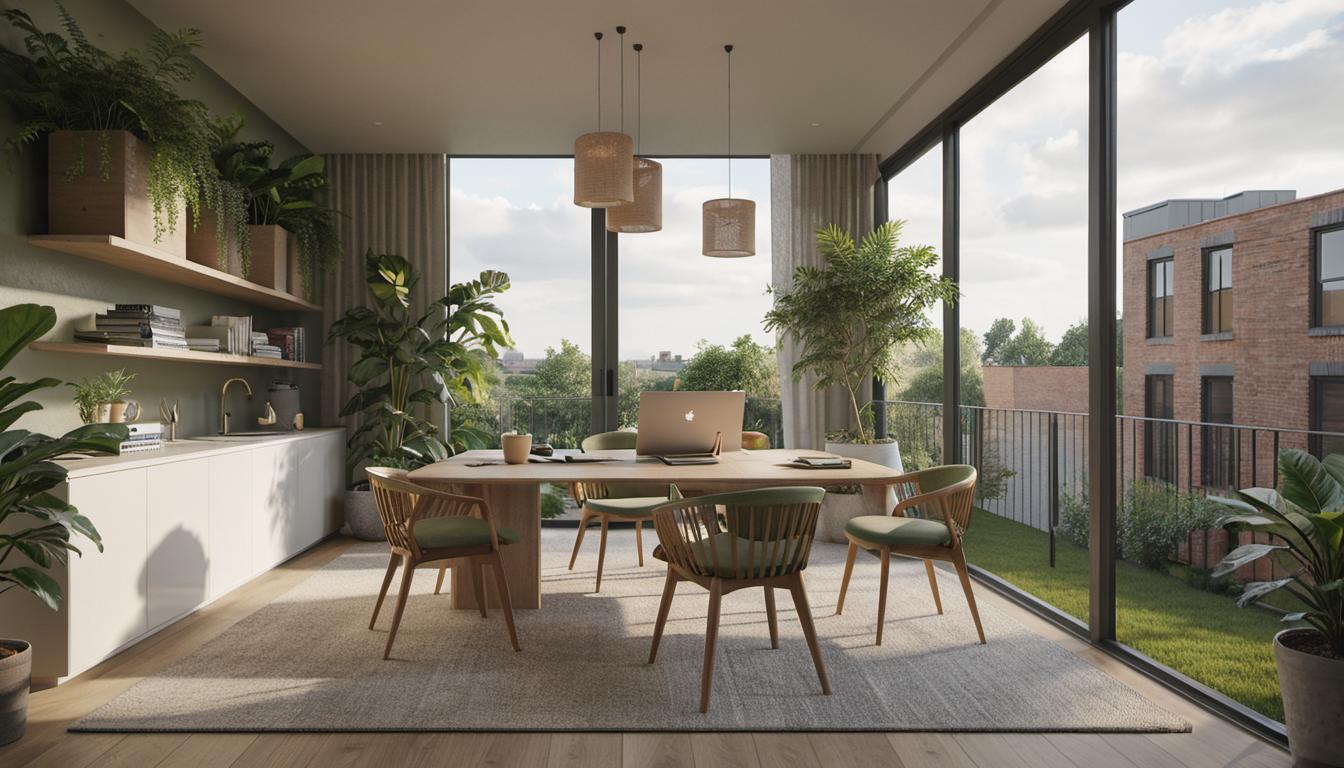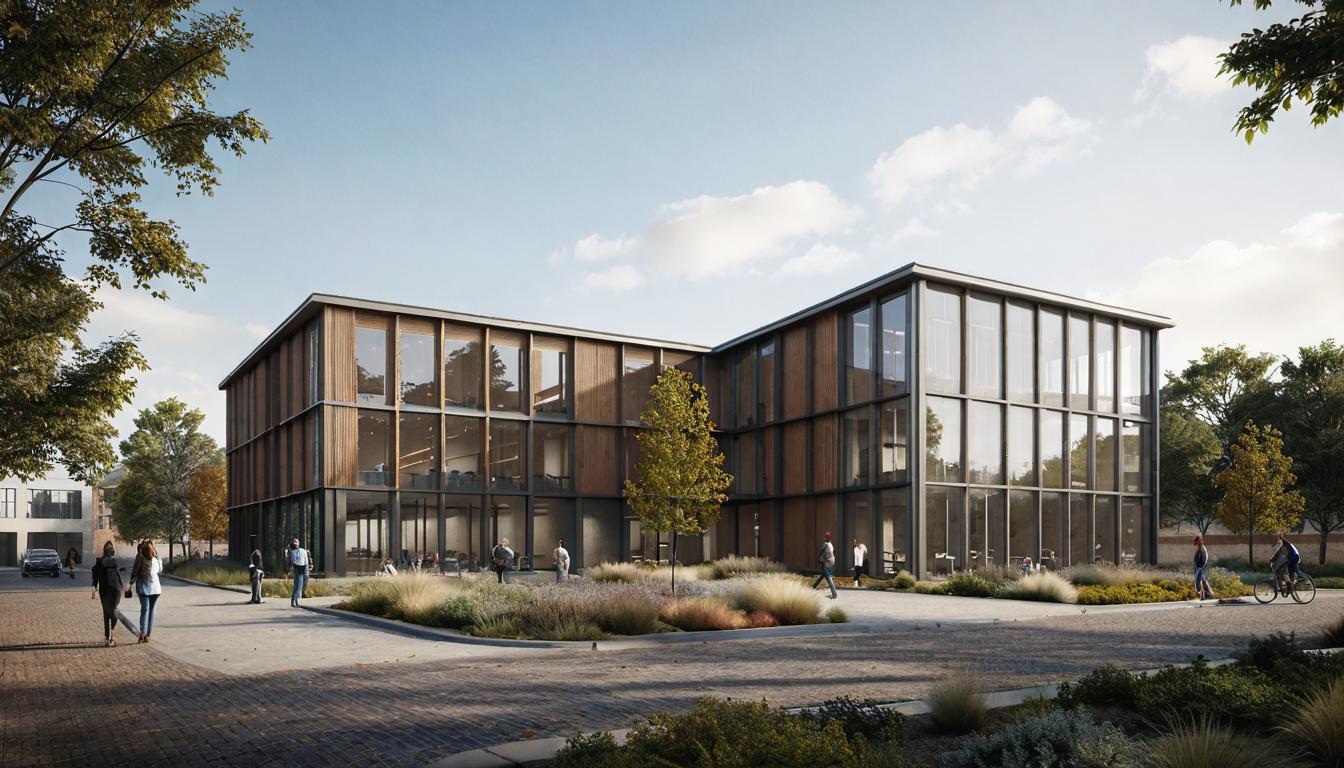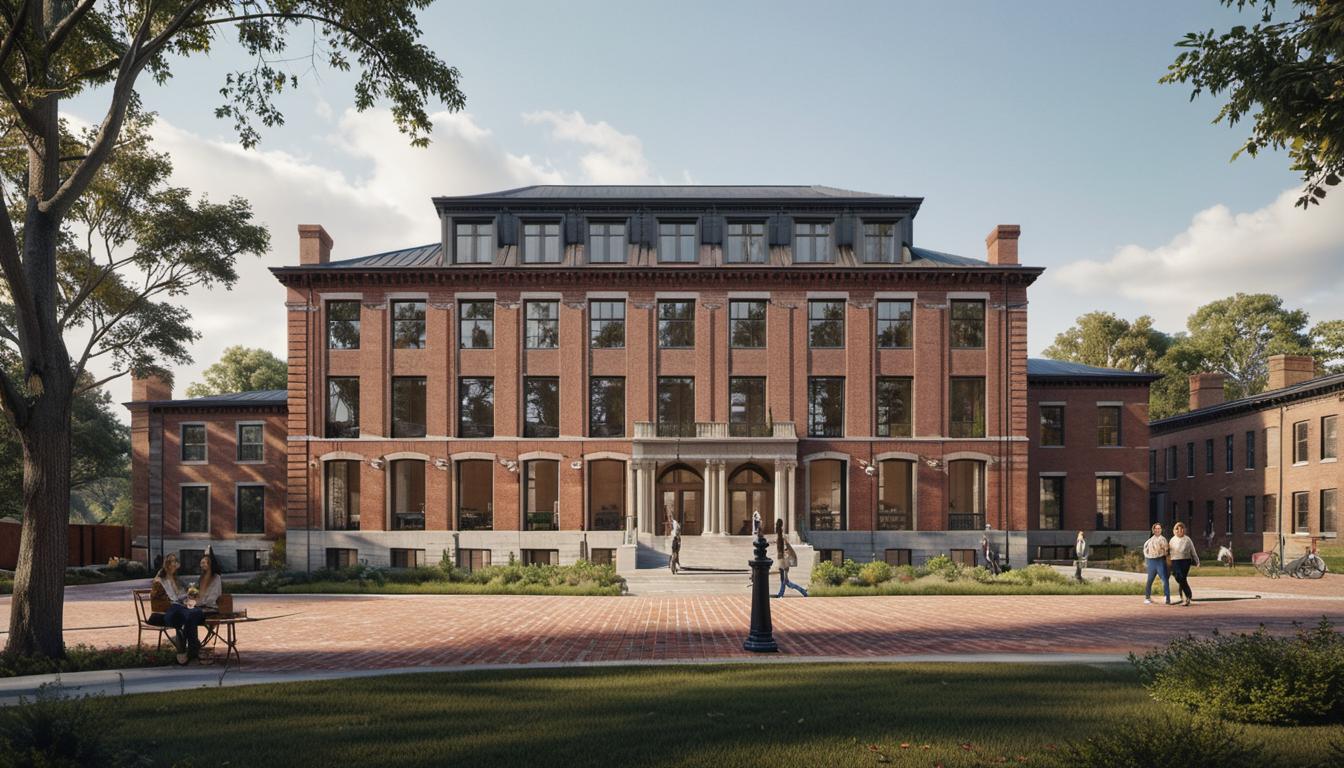Introduction
Design presentations form a critical element in the architecture, interior design, and real estate industries. With the rising complexities of architectural designs, the need for presenting designs in a detailed and easily comprehensible format has never been more crucial. This is where the ‘Importance of Project Renderings in Client Presentations’ becomes evident.
Understanding The Significance of Project Renderings in Client Presentations
Project renderings, particularly architectural renderings, are essential for helping clients visualize the end product of a design. To understand this better, let’s delve into what architectural renderings are and how they improve presentations.
Architectural Renderings: What are they and how do they enhance presentations?
- Definition: Architectural renderings are digital visual representations produced using 3D modelling software. These bring an architectural design to life, providing a preview of how a building or space will look upon completion.
- Benefits in client communication: Architectural renderings act as potentially impactful tools in presenting complex designs. They offer a clear, accurate, and immersive view into the proposed design, aiding in client understanding. This, in turn, stimulates informed discussions and helps get quicker project approvals.
Fostering Visual Perception: Enabling a clear and accurate representation
- A detailed view of the project from different perspectives ensures that all facets of a design are presented to the client. It helps clients understand the project as a whole, both in terms of its interior and exterior.
- Renderings also facilitate real-time changes to the design. Modifications can be quickly incorporated and reflected in the rendering, empowering clients to make decisions efficiently.
Renderings in Project Context
Another significant aspect of project renderings is their ability to maintain a project’s context intact through precise visual presentations.
- Particularly in urban projects, renderings aid in showing how a design fits within its surroundings, addsto the local aesthetic, and benefits the community.
- Renderings can also integrate natural elements like sunlight, views or landscapes into the design, enhancing the realistic appeal of the project and improving the viewer’s experience.
Case study: Architectural renderings and real-time changes
The Yucca Valley Faith project is a fitting example of how architectural renderings can be used effectively for client presentations.
- This project showcased how renderings can be nearly an exact reproduction of the actual view and help anticipate the structure’s overall feel before its actual construction.
- The project’s success hinged on using renderings to facilitate client understanding, and also test and adapt the project design as required.
Cost and Time Efficiency with Architectural Renderings
One of the most apparent benefits of using architectural renderings is the cost and time-saving aspect.
- With renderings, you can make speedy changes and adjustments to the design, reducing correction time in latter project stages, thus saving money and efforts.
- Renderings also help clients visualize the final product, reducing confusion and misunderstandings about the design, leading to fewer changes and rework.
Enhancing Client Experience with Advanced Tools
The progress in technology has equipped us with advanced architectural rendering tools that are next-level.
Architect Render: Redefining design presentations using AI
- Architect Render, an AI-powered tool, upgrades the quality of project renderings and visuals to a professional, commercial-grade 4K high-definition quality.
- With its virtual staging capabilities, designs can be represented in realistic settings. This realistic visualization results in heightened client understanding and satisfaction.
- Architect Render also encourages active client participation and collaboration. By allowing alterations and customization in a visually appealing format, it enriches communication channels and leads to well-informed decisions.
Effectiveness of 3D Renderings in Client Presentations
3D Renderings are instrumental in providing detailed, immersive design visualizations that can elevate client presentations to the next level.
Role of 3D renderings in streamlining design process
- 3D renderings act as a bridge, reducing the communication gap between clients and designers. They provide photorealistic, detailed results, enabling clients to understand complex design concepts better.
- They also induce a faster decision-making process as the visuals allow clients to virtually walk through their prospective space.
Benefits of 3D Rendering in Interior Design
- 3D renderings can create stunning visual experiences. They allow clients to connect better with designs and increase your chances of being chosen for projects.
- Apart from their visual appeal, 3D renderings also help pinpoint potential design issues early on. This can lead to huge savings by reducing costly mistakes and revisions during the actual construction phase.
FAQs
- What are architectural renderings and what role do they play in client presentations?: Architectural renderings are visual representations of proposed architectural designs. They play a significant role in client presentations, offering a realistic and detailed preview of how a project will look once completed.
- How do renderings help clients understand complex architectural designs better?: Renderings, specifically 3D, offer photo-realistic views of the design from various angles. They enable clients to comprehend the project as a whole, facilitating informed discussions and faster project approvals.
- How does the use of AI in creating renderings benefit the architectural design process?: AI in rendering tools can reduce the time taken to generate renderings. It also enables virtual staging capabilities, providing realistic project representations within real-world settings. This enhances client understanding and participation in design presentations.
- What are the advantages of using 3D renderings in the interior design business?: 3D renderings offer stunning visual experiences and allow clients to virtually walk through their future space. They also aid in catching potential design issues early on, minimizing costly mistakes and revisions.
- How can AI-generated architectural renderings enhance the efficiency of design presentations?: AI-generated renderings can drastically simplify complex design concepts, ensuring clients gather the full scope of the design vision. Also, they considerably save time by auto-generating renderings, leading to improved efficiency in design presentations.
Final Thoughts
Project renderings have opened up a world of possibilities for architects, interior designers, and related professions. They not only simplify design processes but also elevate client presentations to a whole new level. Whether it’s 3D or AI-enhanced rendering, the future of design presentations looks promising. To stay competitive, adopting these technologies will be essential, and understanding the importance of project renderings in client presentations will be key to their successful application.






